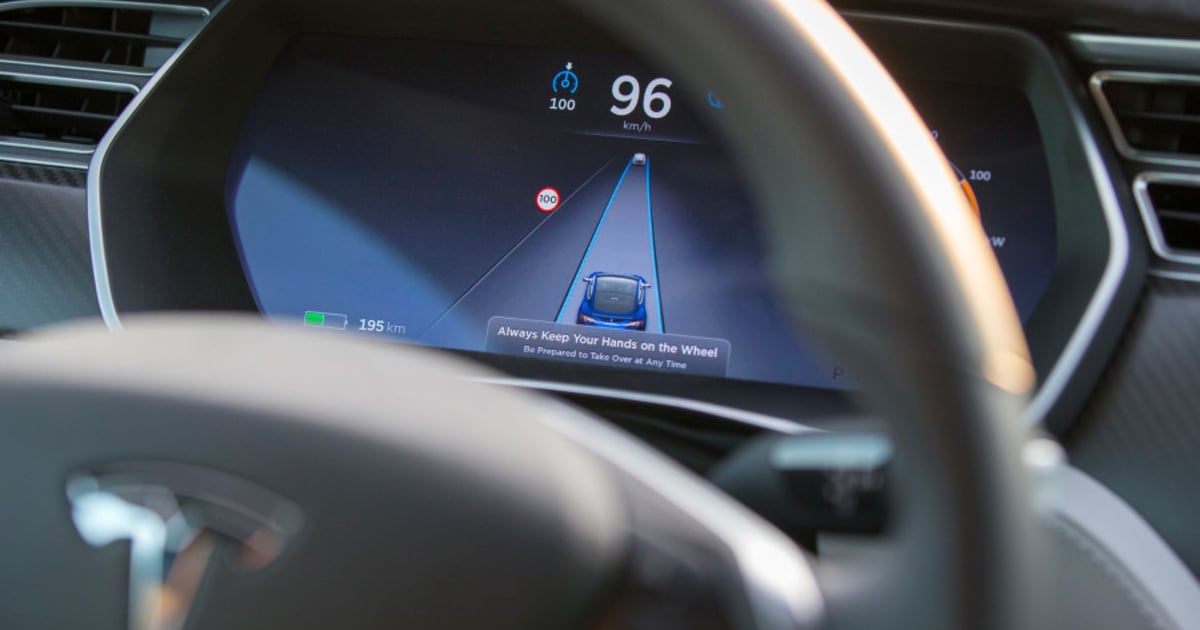
Deciphering the levels of automated driving
The SAE Levels of Driving Automation have been a standard that automakers and tech providers use to describe and categorize the capabilities and limitations of automated driving systems. They help clarify who or what is responsible for driving at a given time. Here are those levels and examples of some systems.
- Level 0: A human is driving at all times. Features are limited to warnings and momentary active assistance, such as automated emergency braking.
- Level 1: A human is driving at all times. Features support steering, braking or throttle inputs. Adaptive cruise control is an example.
- Level 2: A human is responsible for driving, even if the system is sustaining active control of the vehicle. Features provide steering and throttle control, such as lane-centering and adaptive cruise control, at the same time. General Motors’ Super Cruise system and Tesla’s Autopilot are in this category.
- Level 3: An automated system drives when engaged in a specific area, such as a highway. The human is not considered the driver but must take over when the system requests they do so. Mercedes-Benz’s Drive Pilot is an example. It is expected to be engaged on U.S. roads this year.
- Level 4: An automated system drives, and a human has no role in the driving process. These systems may operate in specific conditions and limited areas. No vehicles with these types of systems are for sale to consumers. Waymo and Cruise have deployed and commercialized robotaxi service, which are considered Level 4.
- Level 5: The same as Level 4, except these vehicles can drive everywhere in all conditions.